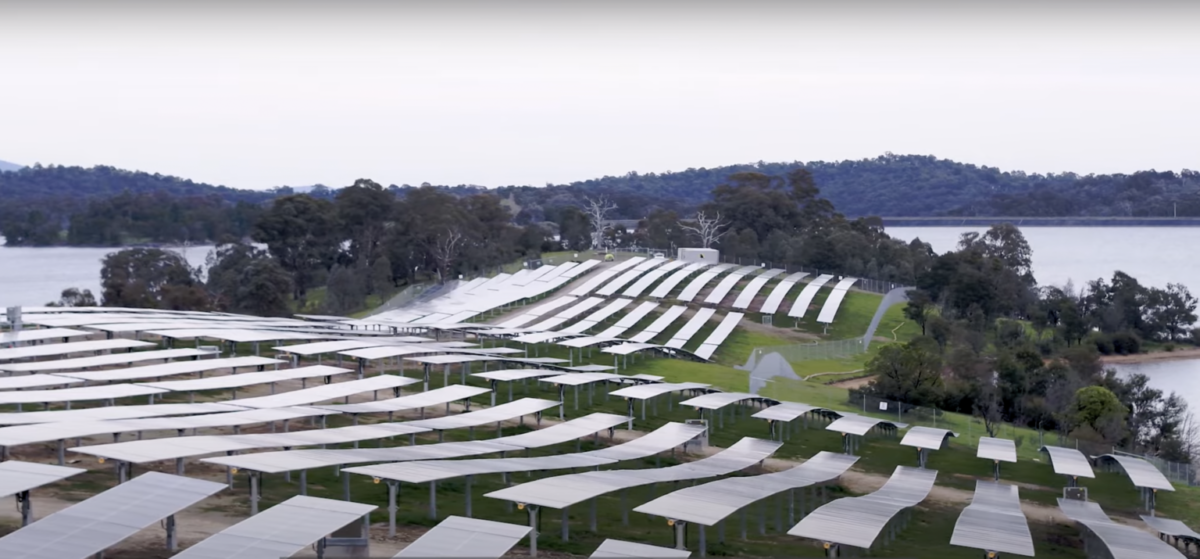An evolution in single-axis trackers, used in the vast majority of utility-scale projects in Australia, promises to reshape the potential for large-scale solar deployment on farms as well as culturally and environmentally sensitive sites.
In 2021, Nextracker and Array Technologies together commanded 77% of Australia’s “highly concentrated” tracker market, according to Rystad Energy's RenewableCube. Nextracker, the frontrunner in the Australian market, launched its NX Horizon-XTR line in March. Key to the line’s terrain-following capacity is that the XTR trackers work on a principle of being suspended from above, rather than supported from below, Nextracker CEO Dan Shugar told pv magazine Australia.
Its main competitor in Australia, Array Technologies, acquired one of Europe’s major tracker manufacturers, Soluciones Técnicas Integrales Norland (STI Norland), in January. Its terrain-following line, which allows a gradient of 1 degree between piles, is still almost a year away from market, however.
Popular content
Out in front, Nextracker showed off pictures at All Energy 2022 of its first completed XTR project at Melbourne Water’s Winneke Solar Farm. The 9.54 MW (DC) plant, developed by Beon, sits on a culturally and environmentally significant site where groundwork had to be minimized to avoid disturbing indigenous artifacts.
“Therefore, a solution to protect the surrounding land from erosion, minimise grading and ground disturbance, and reduce any reseeding time was crucial,” Shugar said. “The project was also a pre-drill site, which made it even more challenging to construct within the cultural and environmental constraints and variances.”
To continue reading, please visit pv magazine Australia.
This content is protected by copyright and may not be reused. If you want to cooperate with us and would like to reuse some of our content, please contact: editors@pv-magazine.com.



By submitting this form you agree to pv magazine using your data for the purposes of publishing your comment.
Your personal data will only be disclosed or otherwise transmitted to third parties for the purposes of spam filtering or if this is necessary for technical maintenance of the website. Any other transfer to third parties will not take place unless this is justified on the basis of applicable data protection regulations or if pv magazine is legally obliged to do so.
You may revoke this consent at any time with effect for the future, in which case your personal data will be deleted immediately. Otherwise, your data will be deleted if pv magazine has processed your request or the purpose of data storage is fulfilled.
Further information on data privacy can be found in our Data Protection Policy.